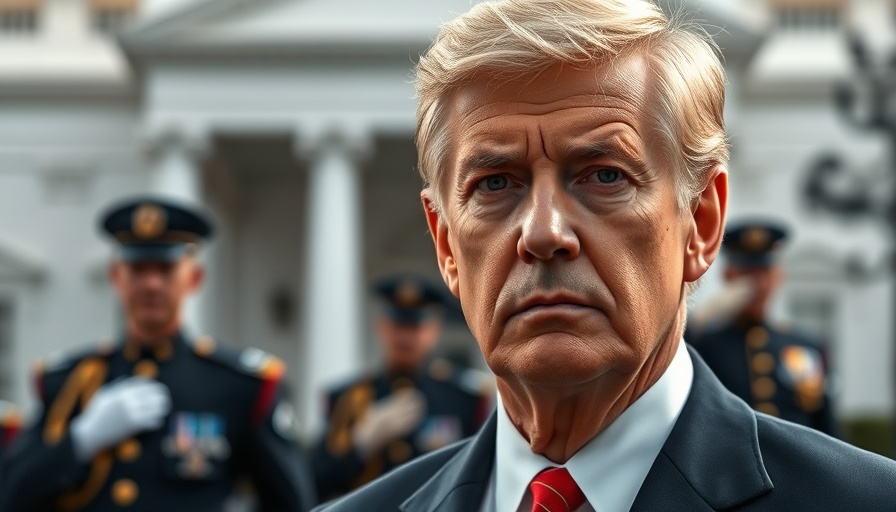
Trump's Evolving Decision-Making Structure: A New Approach to Foreign Policy
In recent weeks, President Donald Trump has shown a notable shift in his decision-making process regarding foreign policy, particularly in relation to military action in Iran. Historically, Trump has favored a crowdsourced approach to governance, often consulting a range of allies and advisers. However, current reports reveal he is leaning heavily on a small circle of key advisers, which brings both advantages and challenges to his leadership style.
Understanding the Rationale Behind Close Advising
This selectivity in advisory support may stem from Trump's desire for rapid decision-making without the complexities often entailed in traditional governance models. By relying primarily on a handful of administration officials—such as Vice President JD Vance, White House chief of staff Susie Wiles, and Secretary of State Marco Rubio—Trump can streamline discussions and expedite decisions related to military interventions.
National Security Concerns: Who’s in and Who’s Out?
While Trump's core advisers play a pivotal role in shaping strategies, his sidelining of National Intelligence Director Tulsi Gabbard, who has cautioned against strikes, illustrates the potential risks of an insular advisory circle. This decision reflects a broader trend where contrary opinions may be discounted, possibly leading to uninformed or overly aggressive policy choices.
The Informal Nature of Discussions: A Recipe for Oversight?
Trump’s informal discussions regarding foreign policy raise concerns among critics who argue that such approaches can limit opportunities for critical analysis and debate. The lack of structured planning that typically characterizes foreign policy decisions could leave the U.S. more vulnerable to unintended consequences on the world stage, particularly with military action against a nation like Iran, which is already undergoing significant scrutiny and tension.
Aligning with Military Leaders: The Key Players in Trump’s Circle
Despite these risks, Trump's decision to consult military leaders like Gen. Dan Caine, chairman of the Joint Chiefs of Staff, reflects his ongoing commitment to align military strategy with defense needs. This blend of political and military insight could create a balanced approach to national security, assuming that varying perspectives are thoughtfully considered.
Future Predictions: Navigating Complex Relationships
As the international community watches closely, Trump's forthcoming decision on involvement in the Israel-Iran conflict is expected to emerge within the next two weeks. Analysts predict that how Trump navigates this situation may set the tone for future U.S. foreign policy decisions, especially in an era where diplomatic relationships are increasingly complicated.
Reactions from the Ground: Public Sentiment and Political Divisions
The President’s reliance on a small circle reflects broader political divisions within the Republican Party itself. While core supporters may rally around Trump’s choices, dissent regarding foreign policy—especially concerning military action—continues to grow, potentially shaping his approach moving forward. How this influences public sentiment will remain to be seen, especially in a politically charged environment leading into future elections.
Conclusion: The Tension Between Informality and Strategy
Ultimately, Trump’s unique approach to foreign policy, characterized by informal discussions and a select group of advisers, reflects a significant shift from traditional governance models. While this can streamline decision-making, it also raises substantial concerns regarding oversight and comprehensive analysis. As observers await his decision on military action in Iran, the implications of this advisory structure will be critical in determining not only the course of U.S. foreign policy but also Trump’s legacy as President.
 Add Row
Add Row  Add
Add 




Write A Comment